At this time of year, with frost on the windows and a chill in the air, I can count on plentiful birds foraging around the habitat in our backyard. Cedar waxwings pluck berries from the trees and dark-eyed juncos scurry under shrubs. I can count on seeing American goldfinches, hairy woodpeckers, California quail, and lots and lots of house finches.
And not just in my yard. I know I’ll see house finchesin nature preserves, vacant lots and backyards throughout the season. If you live in the United States, chances are you’re familiar with this little bird, too. As the Cornell Lab of Ornithology puts it, “If you haven’t seen one recently, chances are you can find one at the next bird feeder you come across.”
Like many backyard birders, I enjoy seeing these little birds and their bright splashes of pink that brighten a winter day. But the general love for house finches is also curious. In much of their range, they’re non-native. While other non-native birds – house sparrows and starlings, I’m looking at you – receive heaps of scorn in birding and conservation circles, the house finch generally somewhat unscathed by negative PR.
While it’s often in sight, it’s out of mind. Why do we love house finches but hate house sparrows? How did the house finch spread? It turns out, the house finch’s spread is a fascinating story.
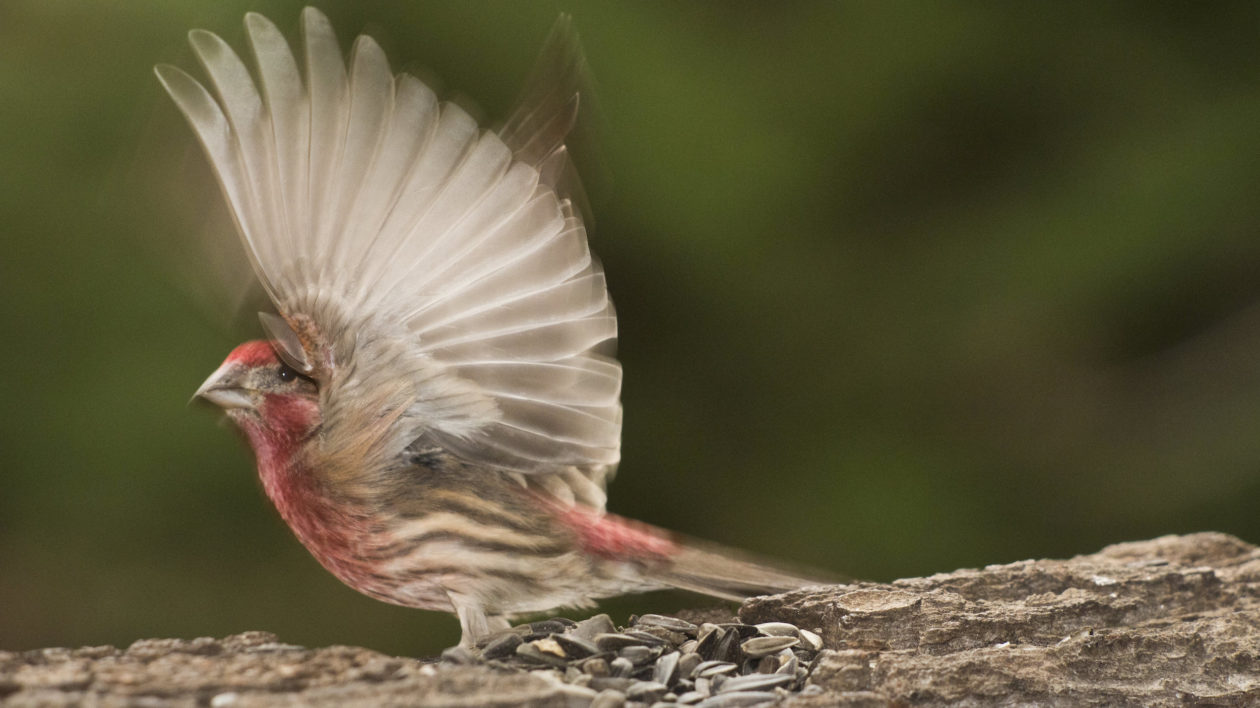
The Hollywood Finch
The house finch is not the first nor the last story of a house pet gone wild. House finches are native to North America, but only in the southwestern United States and Mexico. The males have bright red chests, and someone had the idea that they would make attractive pets. Birds were captured in the wild and shipped to New York City in 1940.
The name “house finch” is not the greatest name in marketing, and so the birds were rebranded as “Hollywood finches.” According to the National Audubon Society, more than 100,000 wild house finches (most of them males) were captured and sent to New York.
By then, the United States already had already well-established laws protecting wild birds from commerce, including the commercial pet trade. As the birds began showing up in pet stores, conservationists sprang into action. The National Audubon Society went undercover to expose the industry, arranging fake buying transactions to catch illegal pet traders.
The capture of wild birds for the pet trade has devastating effects on the wild bird trade. The actions of those who sought to stop it were heroic and commendable. This undercover operation also led to one of the most dramatic bird introductions on the continent. When pet stores realized they were facing arrest, they set the house finches loose.
A group of birders first noted a house finch in New York in 1941, causing excitement at the new species record. At the time, many did not know that a bunch of house finches had recently been released.
A report in 1951, ten years after the initial release, estimated there to be 280 house finches in the eastern United States. This would hardly indicate a rapidly expanding population. But over the next 20 years, they would be found all along the East Coast, and by the 1980s they were found widely across North America.
Current population estimates vary widely, but there are at least 250 million house finches now on the continent. As with house sparrows, they are very adaptable birds and thrive with the kinds of human disturbance that doom many native birds. They do quite well in suburbia, especially with all those bird feeders.
Unlike house sparrows, no one seems to mind their presence. Why? It’s probably as simple as this: they’re pretty. But do they have any negative impacts?
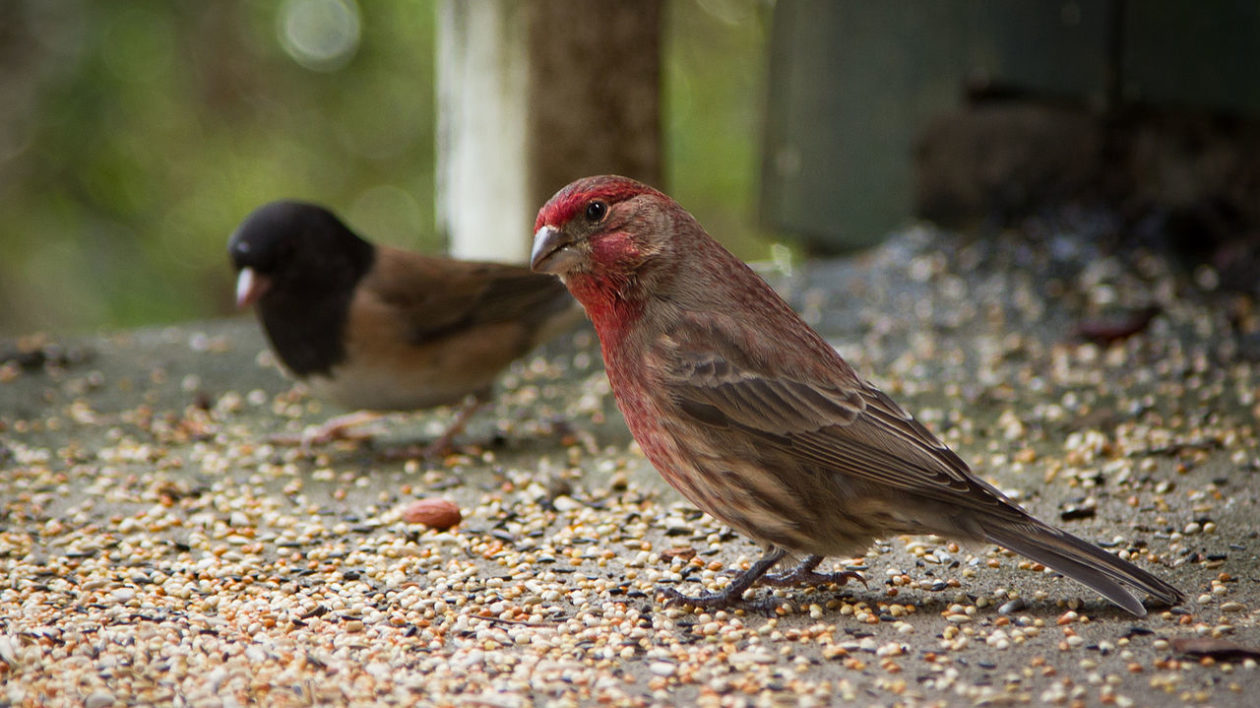
Urban Competition and Eye Disease
Of course, with hundreds of millions of house finches flying around new habitats, there are undoubtedly impacts. Researchers are still untangling what those are.
The similar purple finch, for instance, is a bird of forest habitats that adapted to the bird feeders of suburbia. But as house finch populations rose, there is evidence that the purple finch moved back to being a forest bird.
But the house finch might have the most impact on house sparrows. Research has found that house finches compete directly with house sparrows. As the Cornell Lab’s Project FeederWatch reports, “as House Finches increase, House Sparrows decrease, and as House Finches decrease, House Sparrows increase. These results suggest that competition between the two species does exist.”
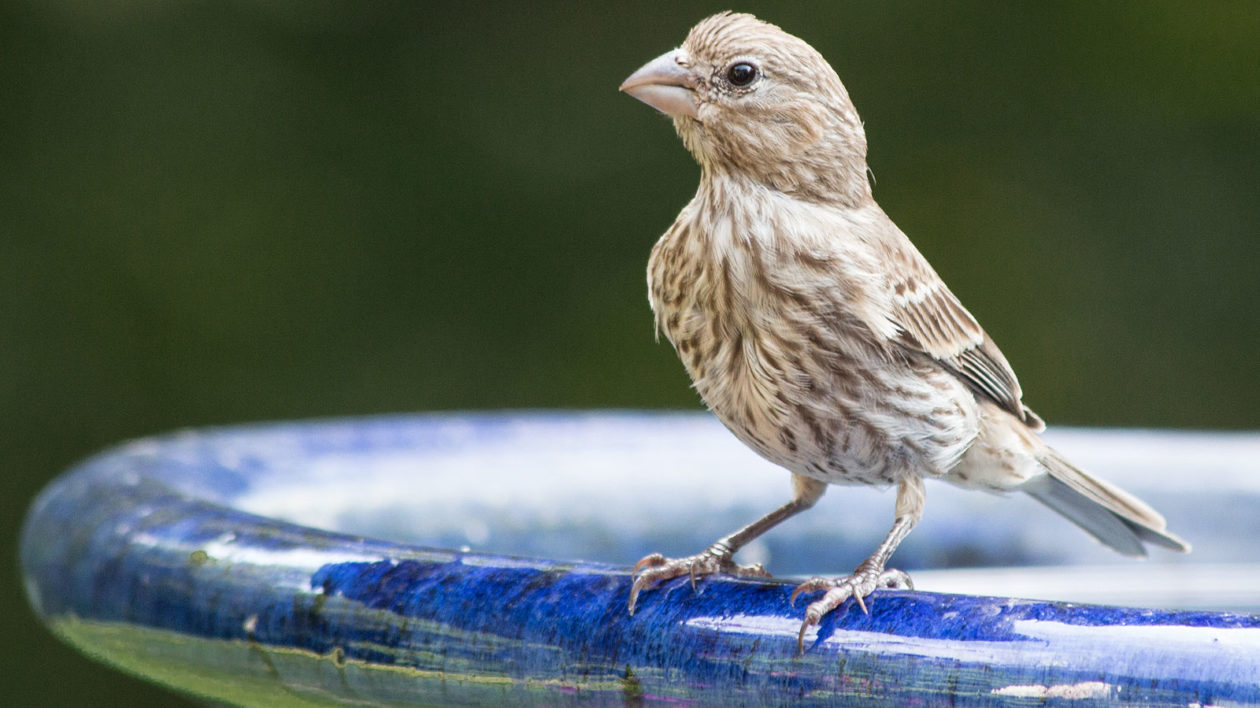
Does this play a role in the house sparrow’s widely reported worldwide decline? Probably not, as house sparrows are declining in Europe and India, where house finches aren’t found. However, with fewer house sparrows, it’s quite likely that house finch populations could increase.
Unless they fall to disease, which has happened. I recall when I lived in Pennsylvania in the 1990s, and suddenly house finches stopped showing up at area bird feeders. In 1994, birders reported house finches with “swollen, red, crusty eyes.”
This bacterial conjunctivitis left house finches functionally blind, which in turn left them unable to evade predators or bad weather. This disease spread across the country, including to native house finch populations. Native species like American goldfinches and purple finches are also susceptible to the disease. Unfortunately, as the disease has spread, it has grown more deadly.
Here’s where your feeder can make a difference. This is one of the best arguments for regularly cleaning and disinfecting your feeder, and to quit feeding birds altogether if you see a house finch with crusty eyes.
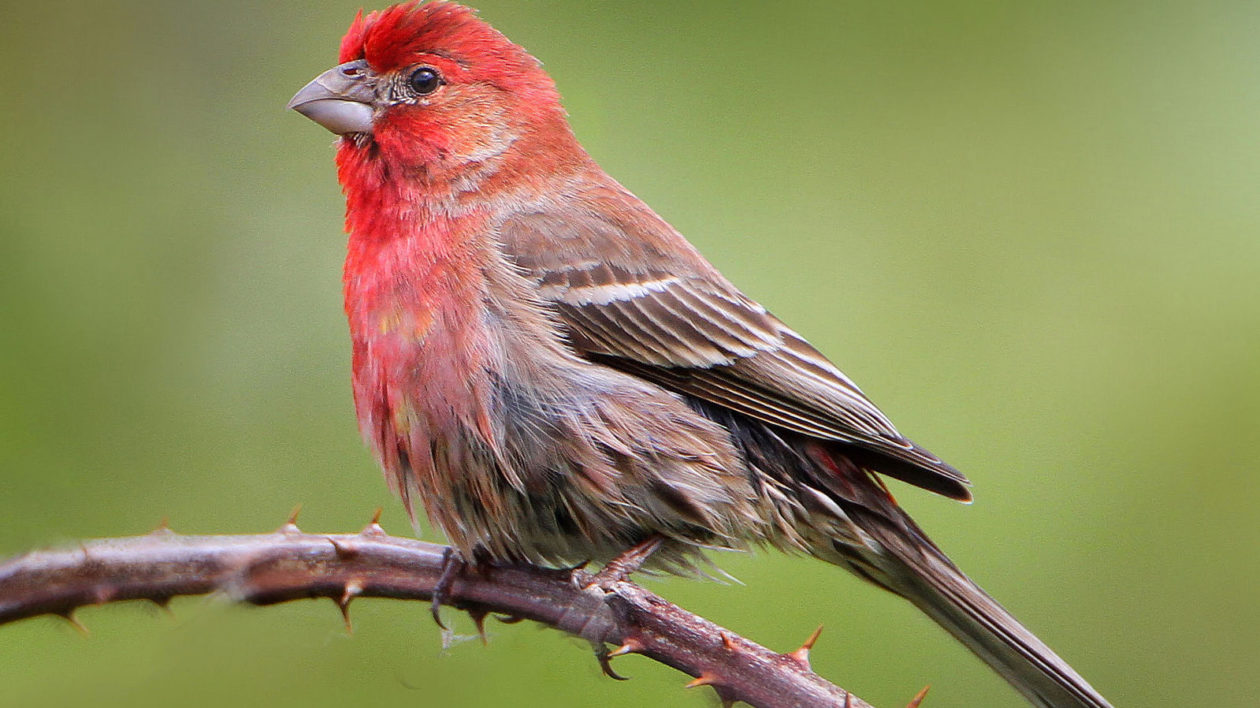
Citizen Science and the House Finch
Aside from keeping your feeder maintained, there’s something else you can do for house finches: report what you see. From the very first sighting of a wild bird in New York, citizen scientists have been the primary source of information about house finches.
It was backyard birders who documented the spread of the species, who first noted the eye disease and who record sightings that show house finch and house sparrow population dynamics. Through efforts like the Great Backyard Bird Count and Project FeederWatch, anyone can record sightings that, collectively, provide data to researchers and conservationists.
When I participate in the Great Backyard Bird Count, I often find myself hoping to find something truly unusual to report. Instead, I see common backyard birds, and house finches are always among the most numerous species. But my records of common species actually help quite a lot, as they allow researchers to track trends. Your observations matter, as conservationists continue to build an understanding of how we coexist with birds.
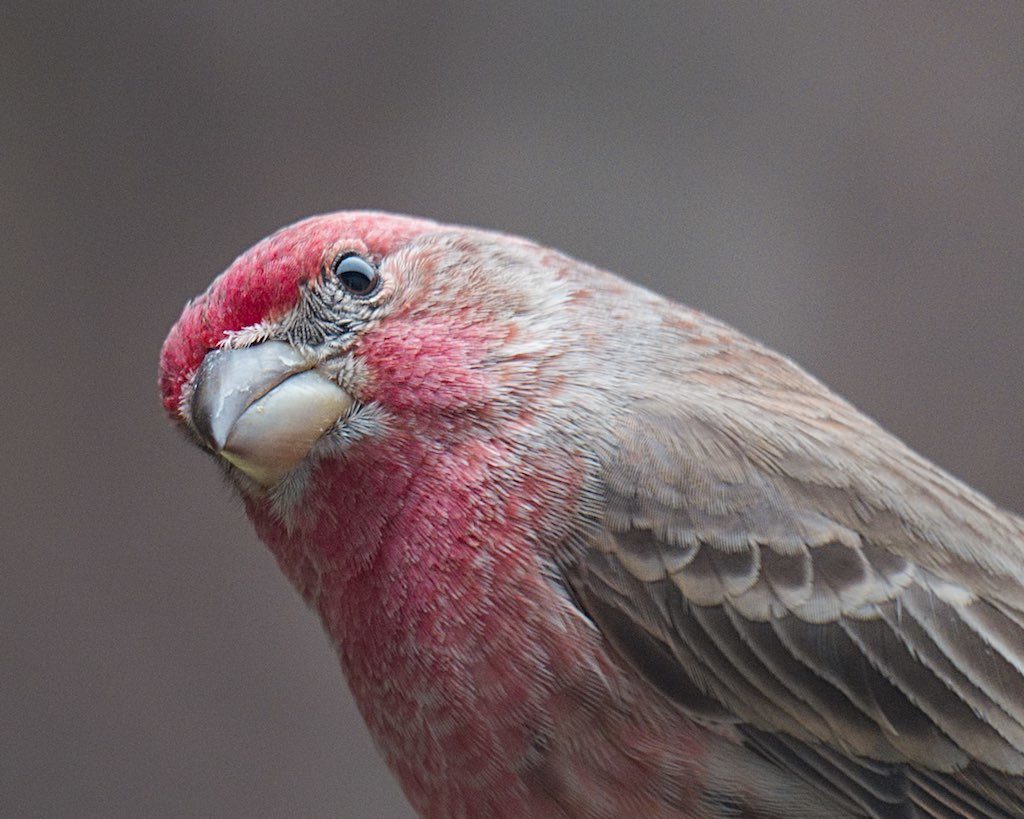



Sparrows will drive Finches and all other birds away in one day. They will raid the nests and kill the young and kill the adults pecking their eyes out.
That’s how sparrows kill other bird species: they peck their eyes out.
Backyard feeder only has finches. Sparrows stick to front yard feeders
House finches began nesting in my eaves after I expanded trellises for wisteria plants I added to my front garden. I hoped to distract them into houses. I think I failed at that. I now have wrens, house finches, and what I think are … nuthatches or titmouse’s (titmice?)… they look like chickadees but they are not chickadees, I think. So, now you know I am an expert… Ultimately the house finch nests fall, but this can take some time. They are messy. I worry. I think these birds are in these houses and nests all year round (Colorado). How can I tell if I am traumatizing them trying to clear house contents to protect birds from parasites, or address old nests…. Or, am I over thinking this whole business? Live and let live?